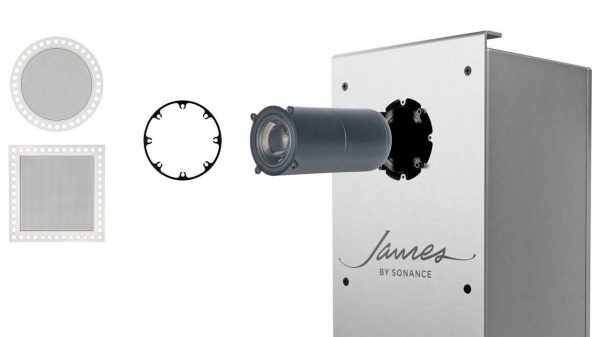Research and Markets has announced the addition of the new Frost & Sullivan Global Advances in Digital TV and HDTV Chipsets (Technical Insights) to their offering.
This Frost & Sullivan research service Global Advances in Digital Television and HDTV Chipsets provides an overview of digital television broadcast, transmission, and the relevant industries along with key drivers, challenges, restraints, analysis, and forecasts of the technologies may shape the of future digital television systems. In this research, Frost & Sullivan’s analysts thoroughly examine the following technologies: flat panel display, set-top and its chipsets, compression coding, and broadband television technologies.
Market Overview
Growth of Digital and HDTV Spurring Advances in Supporting Technologies
The anticipated growth of digital television (DTV) and high-definition television (HDTV) is likely to have a significant impact on a range of support industries including flat panel displays, broadcasting, telecommunications, chipset design and production, set-top box manufacturing, and software or middleware development. The flat panel display industry, in particular, has seen tremendous growth in the uptake of liquid crystal displays (LCDs) as well as plasma discharge displays (PDPs) and the forecast for this industry remains bullish as a result of the promising outlook of DTV and HDTV. Riding this growth wave, leading companies, research institutes, and universities are emerging with new and improved display technologies, with the aim of challenging the LCD dominance in the market. Amongst them, organic light-emitting diodes (OLED) and field emission displays (FED) are two technologies with enormous promise and recent advances in manufacturing techniques have enabled a cost-effective method to mass produce large OLED panels.
With regard to mobile display technology, new concepts for projector technology have lead to the invention of a miniature size projector, which allows future mobile device to project large images. The market for Broadband TV (BTV) or Internet protocol TV (IPTV) also looks promising in Europe as well as Asia and progresses in set-top box (STB) software technology has enabled IPTV video streaming on networks without guaranteed bandwidth. Improvement in compression technology have also helped in reducing the bit rate requirement for IPTV and new compression standards such as Moving Pictures Expert Group (MPEG)-4 AVC are likely to replace the conventional MPEG-2 standard in the short term, notes the analyst of this research service. In line with these developments, chipsets that support multiple standards are emerging in the market and lossless audio compressing coding will also be released soon, posing a threat to the MP3 market.
STB Manufacturers Looking at Advanced Features and Integration of Components
As the technology for the reception of DTV signals matures, there is a general trend among the STB manufacturers to integrate more advanced functions in the high-end STBs. The most common feature integrated is the digital video recorder (DVR) or personal video recorder (PVR) and apart from increasing the demand for memory capacity in STBs and additional supporting components, this also raises the demand for application-specific integrated circuits (ASIC) and application-specific standard product (ASSP). Further, besides adding more functions, manufacturers are looking at ways to integrate the components into a single silicon chip.
Going forward, as more broadcasters switch to digital transmission, STBs will become an increasing necessity to convert the digital signal to the analog format that most TVs can display. Although DTV and HDTV have been introduced in a few countries, technologies that enable them continue to evolve and key industry participants are highly sensitive to any developments in display, chipsets, compression coding, networking and broadcasting technologies, says the analyst. This is leading to rapid progress in the above areas and the future DTV would be dependent on such continuing developments driven by the leading companies in the industry.
For more information, visit http://www.researchandmarkets.com/reports/c50976























